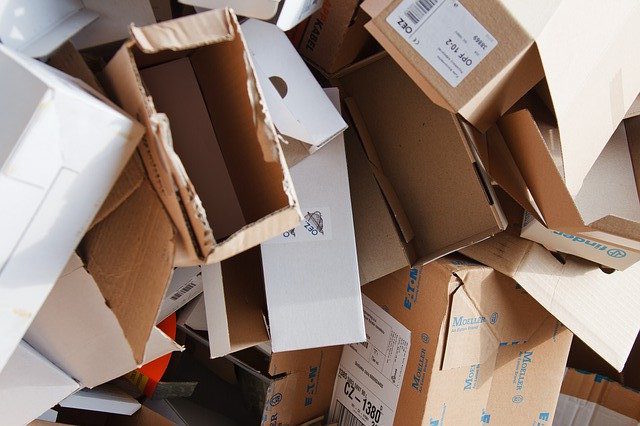
With shopping as a form of therapy and the habit of keeping things until they break — sometimes even after — it’s easy to see how clutter can enter our lives. Aside from causing stress when you are looking for a certain item or opening a long-forgotten closet, clutter can attract pests. Rodents and bugs seek food, water and shelter, and once they find a place to stay, they figure out the perfect way to hide there. Here are some of the ways clutter can invite pests into your home:
Food and Water
Whether it’s a pile of dishes in the sink or crumbs that fell under the couch, pests will often find and eat the food that humans leave behind. The more clutter that piles up, the more likely there is food debris hiding under it. Water is the same way. Spills and leaks hide from humans under piles of clutter, but bugs can easily find them.

Safe Breeding Space
Pests make a home out of anything, and piles of boxes can be the perfect space away from the outdoor elements. You may notice that rodents tend to thrive in closets, attics and garages — places where humans store items they only look at a couple times a year. These places can be breeding grounds for pests when left unattended.

Difficult to Control
Once clutter attracts pests, it becomes difficult to control the infestation. Not only are pests notoriously good at hiding, but they also make themselves hard to trap once they’re living among clutter. Without moving the piles out of the way, nothing you or a professional can do will keep the pests out. Additionally, clutter makes it difficult to clean an area. Cleaning around a pile of boxes or other items and ignoring the clutter allows dirt and dust to accumulate, making the problem worse over time.
As you start to think about spring cleaning, consider the clutter you’ve accumulated over time. Don’t create a comfortable place for pests to live among you and your family. If you find yourself with a pest infestation, our Des Moines pest control experts at Pro-Staff can help. Give us a call at 515-279-7378 or contact us online.
